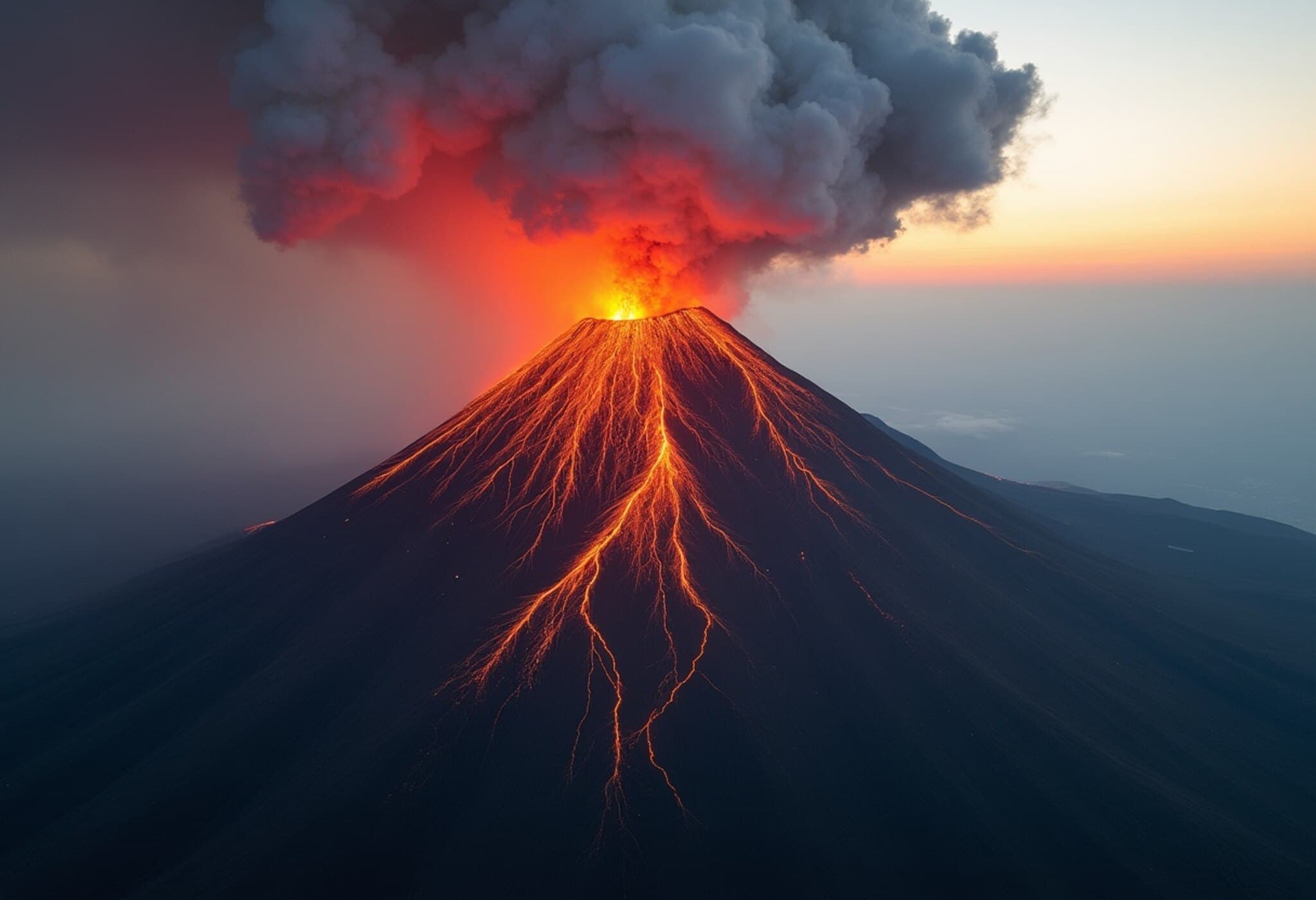Severe Flash Flooding Strikes New Mexico Following Deadly Texas Rains
Just days after catastrophic flash floods tore through Texas during the Fourth of July weekend—claiming over 100 lives—New Mexico now faces its own unfolding disaster. Torrential monsoon rains triggered flash flooding across the mountain resort town of Ruidoso, New Mexico, prompting emergency officials to declare a flash flood emergency as water levels surged to a potential record 20.24 feet (6 meters).
Ruidoso’s River Turns Deadly: Homes Lost and Residents Missing
The raging floodwaters swept away an entire house, captured in chilling footage shared widely on social media. According to Danielle Silva, spokesperson for the New Mexico Department of Homeland Security and Emergency Management, emergency crews have conducted upwards of 85 water rescues, saving residents trapped both inside their homes and vehicles. However, the severity of the crisis remains alarming, with at least three people still reported missing.
“We’ve seen the footage of homes being ripped from foundations and carried downstream. The human toll is still uncertain, and the full extent of the damage will only be clearer once the waters recede,” Silva remarked during a briefing.
Infrastructure Threatened Amidst Power Outages and Gas Leaks
In addition to the physical devastation, residents are contending with widespread power outages and gas leaks, creating additional hazards in the flood aftermath. Multiple road closures further complicate rescue and recovery operations. Ruidoso Mayor Lynn D. Crawford emphasized the sudden and fierce nature of the flooding, stating, “We knew flooding was possible, but this event has overwhelmed our expectations.”
While the village has not issued a full evacuation, temporary shelters at community centers have been established for those displaced by the floods.
Federal Assistance Urgently Requested as Regional Impact Mounts
Ruidoso officials have appealed for federal disaster aid to bolster local emergency response and recovery efforts. This plea comes as Texas remains in crisis, grappling with aftermath from the Independence Day flash floods that left over 100 dead and more than 180 missing. President Biden’s administration is closely monitoring both states’ situations, acknowledging the growing scope of the monsoon’s destruction across the southern U.S.
Expert Insight: Climate and Preparedness Concerns
Experts emphasize that this spate of devastating floods is part of a broader pattern linked to climate change. Warmer temperatures increase moisture in the atmosphere, intensifying rainfall events and overwhelming communities unprepared for such extremes. The sudden onslaught in Ruidoso underscores the urgent need for enhanced infrastructure resilience, improved early-warning systems, and comprehensive community planning to mitigate future disasters.
What Lies Ahead?
- As waters slowly recede, damage assessments will determine long-term recovery needs.
- Search efforts for missing residents continue amidst challenging conditions.
- State and federal agencies coordinate to ensure timely allocation of resources.
The unfolding tragedy serves as a painful reminder of nature’s unpredictability and the rising stakes faced by communities across the American Southwest. For residents and officials alike, the focus now is on rescue, relief, and rebuilding—while confronting the stark realities of an increasingly volatile climate.
Editor's Note
This latest disaster in New Mexico, following closely on the heels of Texas' deadly floods, raises pressing questions about the region’s preparedness for extreme weather events exacerbated by climate change. How can vulnerable communities better protect themselves? What role should federal and state governments play in strengthening infrastructure and emergency response? As we track the human stories behind these numbers, it's imperative to also reflect on the systemic changes needed to prevent future tragedies.











